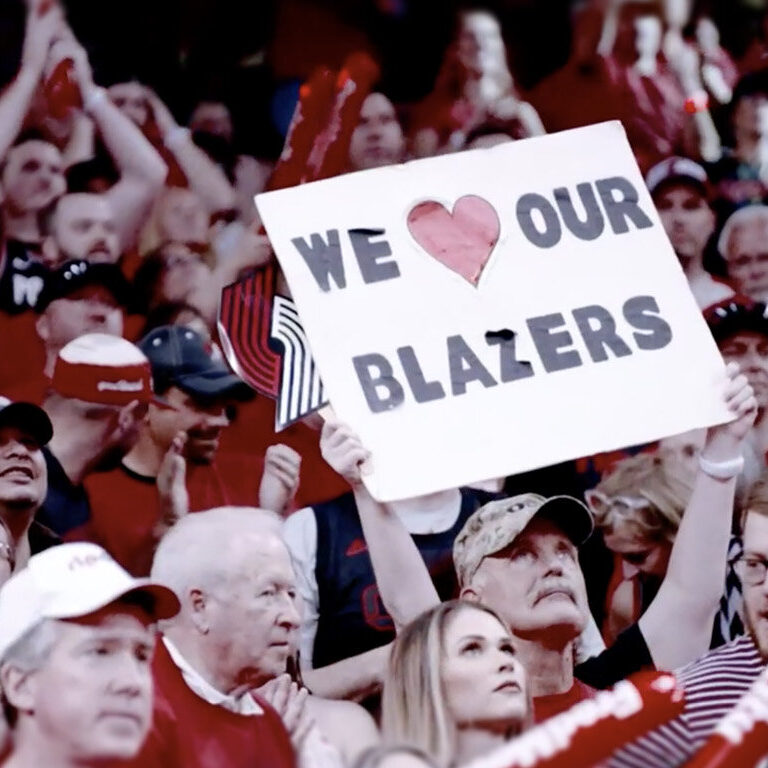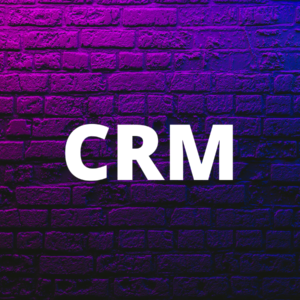A rightsholder client recently asked us how they could negotiate a sponsorship deal with a potential client who wanted to include a VIK (Value in kind) element for access to/use of his customer database.
I also had a conversation last year with a gentleman involved in the sale and purchase of football clubs – he tabled a similar question about the value of a football club’s customer database.
While both questions came at me from different angles – how to reduce the cash element of a sponsorship deal by providing some value-in-kind, versus how to increase the asset value of a saleable property – they both came down to the same question: how much is a rightsholder’s customer database worth?
I’m not convinced there’s a simple answer to these questions for the sports industry. Sure, it’s easy enough to calculate the value of an email address for a fan if you know enough about your conversion rate from selling tickets, online merchandise, etc., (this article from Pam Neely addresses it quite nicely). And, if you can do that, you can start to look at customer lifetime value (CLTV) that gets you to a point where you can address the initial question posed above.
But what about the other sales opportunities that become a possibility once you’ve understood the demographics of your fanbase, and can add that insight to your direct communications?
Relevance to Sponsorship
If you know the demographics of your fanbase you add an edge to your sponsorship sales pitch. When you know the target customers of your potential sponsors, your sales proposal can be armed with information about how many of them you have in your database – which will be representative of your general reach of that market.
And, assuming you use some form of direct marketing – email campaigns are an obvious example – you can “carry” your sponsor’s message directly to your fans targeted to those within your database that match the sponsor’s target groups. This segmented approach will allow you to:
1) Use your email credits more effectively – you can use different sponsor messages in different segments but in the same campaign.
2) Generate greater engagement metrics that your sponsors (and management) will appreciate.
It’s the same for licensing/merchandise contracts: when you know where your fans live, their age group, and their interests, and you then add in what they’ve bought in the past, you can negotiate with more confidence. You can help your licensee define their product range and set retail prices. You can even predict the quantities they’re likely to sell to aid the discussion around a realistic minimum guarantee.
And when rightsholders have boldly entered the OTT broadcasting world, the quantity and quality of their database will drive content sales. Whether pay-per-view or subscription-based, the ability to engage directly with countless fans who will pay to stream content will have a huge impact on rightsholder broadcast revenues, even if it’s just to provide a stronger bargaining position in negotiations. If you’re interested in our thoughts on this subject, you can catch them here.
So where does this leave us?
I’m not convinced the use of data and CRM within sports is advanced enough to apply a value to a fan database when it comes to ”indirect” revenue generation. Yes, we have Arsenal’s much quoted Marketing Week article about their Emirates deal driven by their approach to data and CRM, but has any real work been done in this area to directly align an increase in sponsorship with ROI from a fan database?
If you have a case study that addresses this point, and you’re happy to share it, please get in touch so we can add it to our knowledge archive and share with our readers and followers.
If you’re a rightsholder that has not yet done any work in this space, and you’d like to start a discussion, please contact us – we’ll talk you through some easy steps to start the process so you too can think about how much your database is worth.





